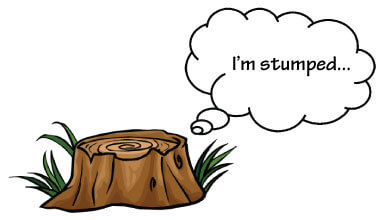CannaScrews wrote:I think the photo was taken from Bridge St, Charlestown NH looking North. Note the twin peaks at the right & the single peak at the left. The fill corresponds to Clay Brook.
Using Google Earth, you can approximate the same scene if you are in Charlestown NH, & aligning your view with the tracks. the diagonal displacement is due to Google Earth's altitude algorithm where Clay Brook is.
The attached view is close, but getting the correct view takes more time than I wished to devote to this project.
A follow-up with the USGS 1930 published 15 minute map at this location does not show the road in the foreground, however, but the date of the card is at least 12 years earlier and things do happen.
I don't think it's Charlestown. Two reasons;
1. The landscape in general, and particularly the valley off to the right, appears to be heavily wooded. Now the Connecticut River Valley is one of the few parts of VT and NH that is
not heavily wooded, even today-- it's some of the richest alluvial farmland in New England. That was even more true 100 years ago, when New England ex-Maine was only something like 30% forested (as opposed to 80% today.)
2. According to the topo maps, the railroad in the Charlestown area is about 100' above the level of the river. Given that we are looking onto the tops of what appear to be mature white pine trees in the distance off to the left, and given that mature white pines are well over 100' tall (some around today have been measured at 180', and there are reports of old-growth trees cut down in the 1700's that were >200'), I'd say the railroad is more than 100' above the level of the valley.

